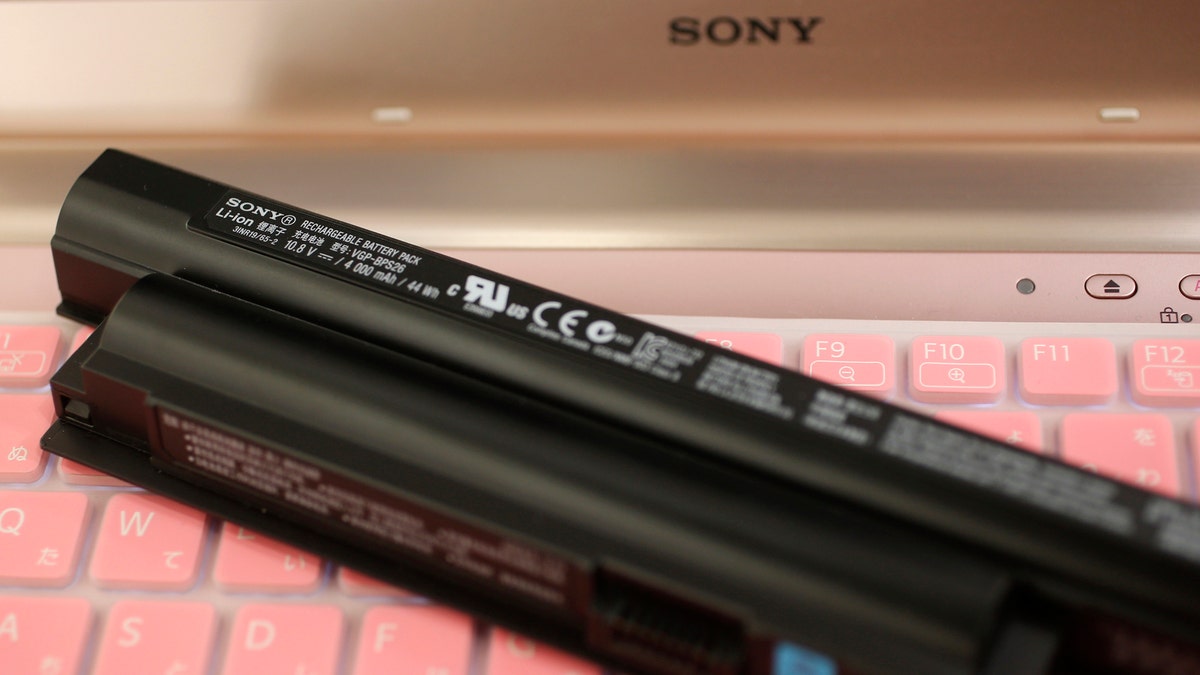
File photo: Sony's lithium-ion battery for its Vaio laptops is seen during a photo opportunity at its showroom in Tokyo November 28, 2012. Sony Corp has been approached by at least three investment banks offering to sell its battery business as the struggling Japanese group looks to offload non-core assets and focus on reviving its consumer electronics business, banking sources said. (REUTERS/Kim Kyung-Hoon)
Tesla's Model S 100D is the king of the hill when it comes to range in the electric car segment. According to the EPA, it can travel for 335 miles on a single charge. A California-based company called IT Asset Partners (ITAP) set out to build a sedan that can travel farther using largely recycled parts. That's quite the gamble, but the engineers have pulled it off.
ITAP founder and CEO Eric Lundgren started with a roughly 20-year-old e39-generation BMW 528i that he purchased from a junkyard. To save weight, he removed most of the interior including the dashboard, the rear seats, every piece of trim, and the center console. Of course, all of the mechanical components required to turn gasoline into forward motion were tossed out.
By weight, 88 percent of the car -- which is known as the Phoenix -- is recycled. The battery pack is a 130-kWh unit that uses cells from EV and laptop batteries. The companies he bought them from thought they were dead, but Lundgren's team tore them down and found that about 80 percent of the actual batteries were still in working condition, according to InsideEVs. All told, the car was built in 35 days for approximately $13,000.
To put the Phoenix to the test, Lundgren rounded up three of the most popular electric cars on the market: a Tesla Model S P90D, a Chevrolet Bolt, and a Nissan Leaf. They embarked on a 362-mile trip in the south of California. The Leaf was the first one to run out of electricity after driving only 81 miles -- it's hardly a long-range model. The Model S drove for 238 miles, while the Bolt went for 271 miles, which comfortably exceeds its EPA rating of 238 miles.
More From Digital Trends
The BMW never ran out of range. No, ITAP hasn't developed a ground-breaking type of battery that never dies. The car ended up blowing a fuse after 340 miles with a 32-percent charge left in the battery pack. That was far enough to set a Guinness World Record for the longest distance driven on a single charge at highway speeds, but Lundgren didn't stop there.
In a second test, he put the Phoenix head-to-head against the 100D version of the Model S. The idea was the same: drive both cars in completely identical conditions and see when each one runs out of juice first. The Tesla went about 315 miles, while the BMW died after driving 382 miles. Lundgren didn't manage to cross the 400-mile mark like he'd hoped, but he still managed to beat his previous record -- and one of the best cars in the world.
Of course, the comparison is hardly fair. Model S 100D is fully loaded with luxury and tech features, including Tesla's vaunted Autopilot suite of electronic driving aids, while the e39 is completely stripped out and its battery pack takes up most of the space behind the front seats. However, the point wasn't to one-up Tesla; Lundgen explains he wanted to showwhat can be done using recycled electronic components.
